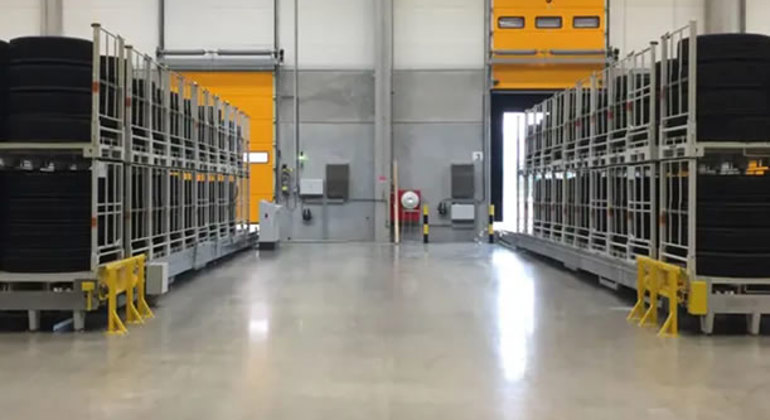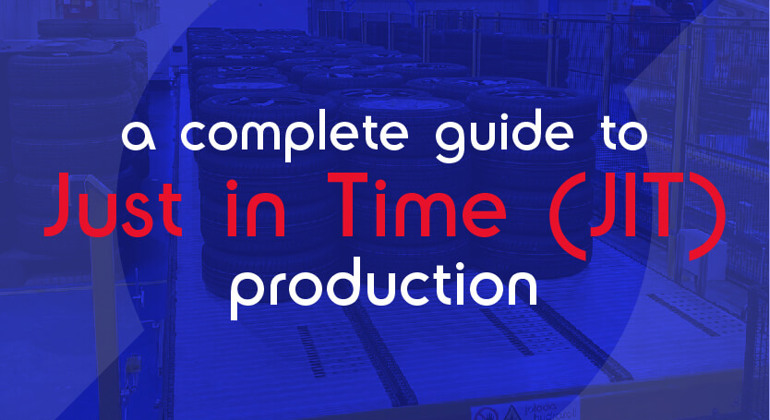Automotive Original Equipment Manufacturers (OEMs) have led the world in creating incredibly efficient, optimised, Just-in-Time (JiT) supply chains. Yet, it's up to their tier 1 suppliers to guarantee products arrive punctually, correctly arranged, undamaged, and meet each customer's requirements
With the rise of near sourcing in response to inconsistent Far East supply, pressure on suppliers is set to intensify. OEMs are likely to expect smaller, incremental deliveries that further enhance efficiency, making it imperative to automate loading and unloading processes.
Book a FREE Loading Assessment
Learn how to make the loading process safer and more efficient with a no-obligation assessment...
BOOK NOW



